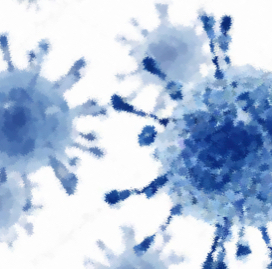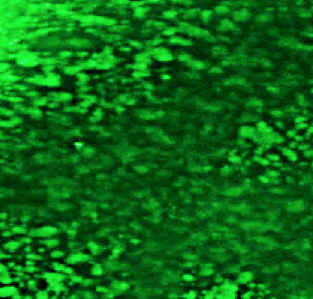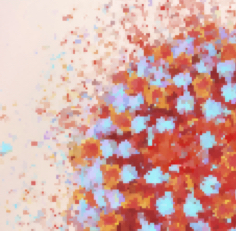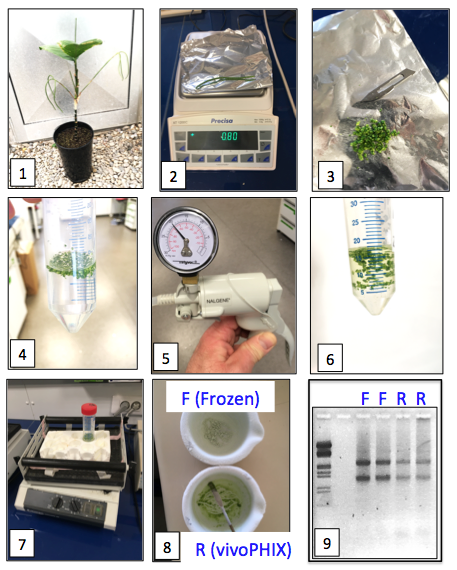RNAssist’s products have been used all over the world, both in leading research laboratories and out in the field, including for biosampling during caving expeditions, aboard marine research boats and in tropical forests.
The extensive range of its applications for these products is attributable to their universal and powerful biomolecule stabilisation properties, safety during transportation and a myriad of other unique properties such as their microbicide activity, cell and tissue fixation capability (even with frozen-tissues), compatibility with multiple front-end nucleic-acid purification platforms (RNeasy®, QIAcube®, QIAsymphony®, FilmArray®, Nucleosens®..) and multiple supporting protocols generated by the RNAssist user community.

vivoPHIX has been used to stabilise blood from bats in France, and whole mosquitoes for storage and transport from East Africa to the UK and USA.

vivoPHIX has been used to stabilise marine filtrates including bacteria collected in the Malacca Straights and in the North Sea for metagenomic analysis.

vivoPHIX has been used to fix dwarf palm (Chamaedorea geonomiformis) flower samples & stabilise RNA content for downstream applications.

vivoPHIX has been used to fix bovine brain for BSE testing including IF, IHC and Western blotting.

vivoPHIX has been used to fix and stabilise various clinical samples including human colon and pancreatic cancer samples.

vivoPHIX has been used to treat a wide range of samples including tissue culture cells, human parasites including Schistosomes, Trypanosomes and Plasmodium, viruses, bacteria, fungi, plants, model organisms including Drosophila and Nematodes and varied clinical samples.

vivoPHIX has been taken on a microbial collecting expedition to deep underground lakes in South Dakota for subsequent metagenomics analysis.
CASE STUDY:
An Influenza A expert working at the Pasteur Institute has demonstrated and had approved a protocol for the inactivation of Influenza A virus (plaque forming assay with A549 cells) using vivoPHIX.
This has provided her with a safe way to handle and transport cells that have been infected with the virus.

CASE STUDY:
Dr. Sarah Merkling, an expert of insect-virus interactions working at the Pasteur Institute, Paris has demonstrated and had approved a protocol for the inactivation of Dengue virus using vivoPHIX. Following treatment of the Dengue virus with vivoPHIX, C6/36 Mosquito host cells were incubated for 5 days before staining with anti-Dengue antibody. No Dengue virus presence was detected.

CASE STUDY:
Two strains of HCV in human plasma was stored either for 6 months at -80°C or, mixed with vivoPHIX and stored for 6 months at 20°C prior to HCV RNA extraction (Nucleosens) and RT-qPCR. The results showed identical Ct values indicating HCV RNA in vivoPHIX was equivalent to -80°C.

CASE STUDY:
Extraction of total RNA from palm (Chamaedorea geonomiformis) inflorescence using vivoPHIX reagent in conjunction with a Qiagen RNeasy-plant kit; comparison with results obtained using directly frozen material.
Agarose gel electrophoresis (9) revealed that the RNAs obtained from RNAssist-treated tissues (lanes labelled “R”) were of equal quality to those obtained from tissues frozen directly in liquid nitrogen (lanes labelled “F”).
Thanks to Dr. James Tregear, IRD Montpellier, France.
